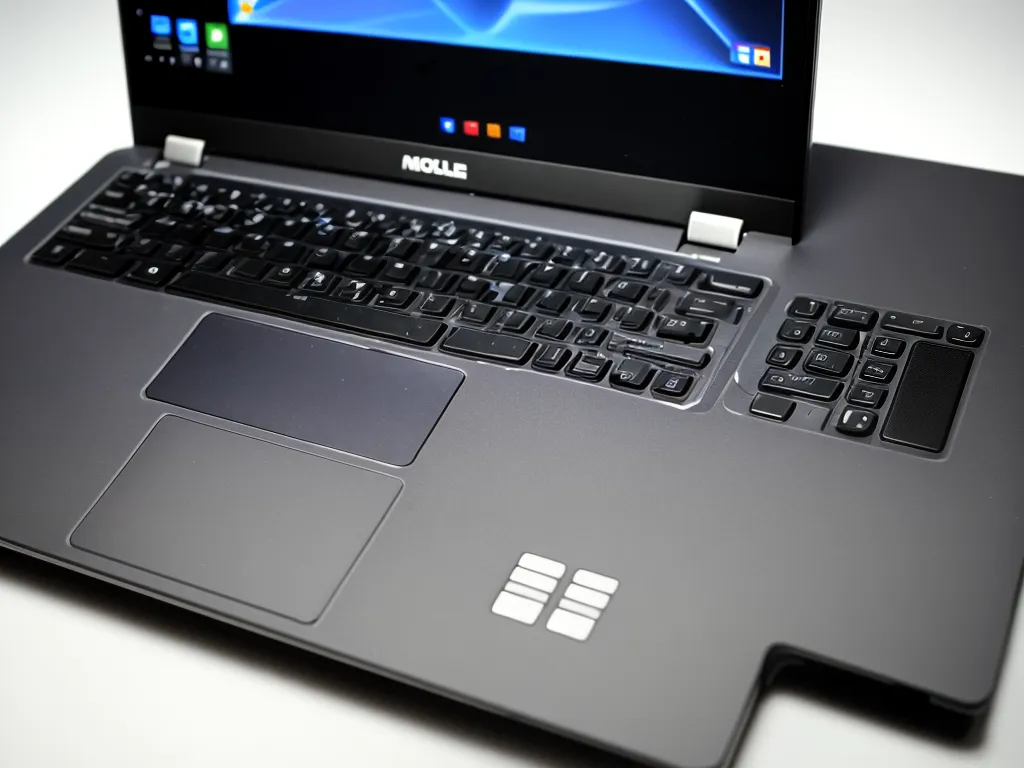Introduction
As someone who relies on my laptop daily, I know how frustrating it can be when something goes wrong with it. Laptops are complex pieces of electronic equipment with many components that can fail or develop issues over time. Thankfully, many common laptop hardware problems are relatively easy for the average user to diagnose and repair at home. This guide will cover the 10 most widespread laptop hardware issues that users encounter and provide troubleshooting tips to get your laptop up and running again.
1. Battery Issues
The battery is one of the most prone to failure components in a laptop. Some common battery-related problems include:
Battery Not Holding Charge
Over time, laptop batteries lose their ability to hold a charge. If your laptop battery seems to drain faster than before, it could be nearing the end of its lifespan. Try calibrating the battery to see if it improves battery life. If not, the battery likely needs to be replaced.
Battery Not Charging
If the battery won’t charge at all, first check that the power adapter is properly connected and working. If the adapter is fine, the issue could be with the battery itself or the laptop’s charging circuitry. Try removing the battery and powering on the laptop with just the adapter to test.
Battery Overheating
It’s normal for batteries to get warm while charging, but excessive heat can signal a problem. An overheating battery can damage the laptop. If you notice the battery getting hot, stop charging it immediately and consider replacing it.
Troubleshooting Steps
- Calibrate the battery
- Check connections and adapter
- Test laptop without battery
- Consider replacing old/damaged battery
2. Hard Drive Failure
Laptop hard drives (HDDs) have moving platters and heads that can fail over time, especially with bumps and movement. Some symptoms of a failing or damaged hard drive include:
- Laptop being slow to boot and open programs
- Files disappearing or becoming corrupted
- Hard drive making clicking or beeping noises
To troubleshoot, try reseating the hard drive and running diagnostics like CHKDSK in Windows. But a clicking or beeping HDD likely needs professional data recovery and replacement. An SSD upgrade can provide more reliable storage.
3. Fan Issues
The cooling fans are critical for keeping your laptop from overheating. Fan problems like:
- Loud, grinding, or high-pitched fan noises
- Fans constantly running at high speed
- Overheating issues
Usually indicate a faulty fan or clogged vents/heatsinks. Use compressed air to clean out vents and heatsinks from dust buildup. This can fix overheating and loud fan issues due to excess dust. But grinding/unusual fan noises likely mean a fan replacement is needed.
4. RAM Issues
RAM issues can cause a variety of problems like random crashes, blue screens (BSOD), and sluggish performance. Some signs of RAM issues:
- Frequent crashing or freezing
- Strange graphical glitches/artifacts
- BSOD errors involving memory
To troubleshoot, run memtest86 to check for errors. Reseating or replacing RAM modules often resolves memory issues. Upgrading to more RAM can also improve performance if you’re running short on memory.
5. Graphics/Display Problems
Some common graphics and display related problems:
Backlight Failure
The screen backlight dying results in a dim or black screen. Shining a light on the screen may reveal a faint image. Replace the backlight orLCD panel.
Faulty Video Cable
If the display has vertical/horizontal lines, flickering, or parts missing, it could be a loose or damaged video cable. Try reseating the display cable.
GPU Failure
Defective GPUs can cause visual artifacts, crashing, and boot problems. Try removing/reseating the GPU. If issues persist, replace the motherboard.
Troubleshooting
- Check video cable connections
- Test external monitor
- Remove/reinstall GPU
- Replace cables, LCD, or GPU as needed
6. Overheating Shutdowns
If your laptop powers off randomly or freezes frequently, overheating could be the cause. Prolonged high heat can damage components like the CPU and GPU.
To troubleshoot overheating:
- Clean dust buildup from heatsinks/fans
- Ensure vents aren’t blocked and there is proper airflow
- Check CPU and GPU fans are functioning
- Consider replacing thermal paste
- Use a cooling pad to help lower temperatures
7. Motherboard Failure
The motherboard houses most of your laptop’s crucial components. Issues like no power, GPU failure, jack/port failures, and system instability/crashing can stem from motherboard problems.
Troubleshooting steps:
- Check for overheating issues
- Reseat components like RAM, HDD
- Test with known working components like PSU
But a faulty motherboard often requires professional repair or replacement.
8. Keyboard & Touchpad Issues
Keyboard and touchpad issues include:
- Keycap coming loose or falling off
- Sticky/unresponsive keys
- Touchpad not responding, clicking, or scrolling properly
For stuck/unresponsive keys, try cleaning under keys with compressed air. Loose keycaps can be glued back on.
If the keyboard/touchpad is completely unresponsive, it likely needs professional repair/replacement.
9. Broken Ports
Loose power jacks and broken USB/video ports are common on older laptops. Symptoms include:
- Loose/wobbly connectors
- Peripherals disconnecting intermittently
- Port not recognizing devices
If a port is loose, carefully try to reseat the connector. But broken ports often need soldering/replacement. Use a USB hub to compensate for any failed ports.
10. Faulty Power Adapters
A faulty power adapter can prevent charging and powering on. Warning signs:
- Intermittent charging
- LED not lighting up
- Damaged cable/connector
First try jiggling the connector and cable. If intermittent, the cable is likely damaged. Inspect the port for broken/bent pins. Test with a multimeter or known good adapter. If still not working, the adapter needs replacement.
Summary
The most common laptop hardware issues stem from components wearing out over time. Know the warning signs, like overheating, strange noises, visual artifacts, and performance issues. Methodically troubleshoot each problem using my tips to isolate the faulty component. Repair or replace parts as needed to get your laptop working properly again.













